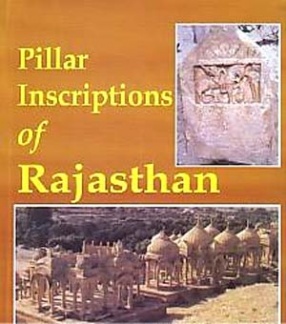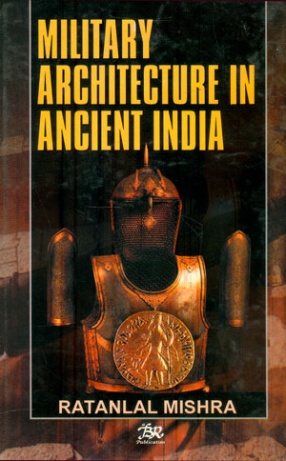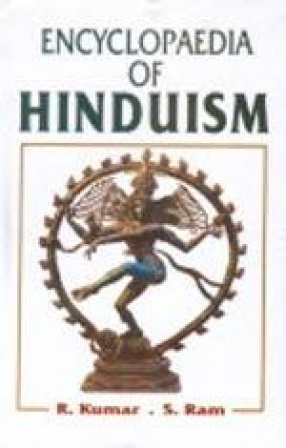In the Ancient Hindu society the system of ashramas had great significance. The Hindu Philosophers regarded the worldly as well as transcendental life of man as of equal importance but always preferred the latter. According to the perception of the thinkers the true aim of life is no indulge in sensuousness ad worldly enjoyment but to seek salvation by following the spiritual truth and living a pure chaste and sinless life.
The human life has multifarious facets and variant aspects. It embraces the reality of the world and activeness of life both in its dynamic progress. Indian philosophers had recognised the transitoriness and evanescence of the worldly objects. The happiness and permanent bliss do not lie in earthly possession which hinder rather than help in the realisation of internal happiness.
This kind of thinking gave rise to the institution of samnyasa. This doctrine of renouncing the world is found current not only in Hinduism but also in Buddhism and Jainism
The present book deals with the system of Samnyasa as it prevailed in Brahmanical, Buddhist and Jaina religions. It provides means of comparative study to reader of the system of asceticism as prevailed in three ,major religious institutions of the past. It is sincerely hoped that the present work would provide a sincere insight into the austere life of and ascetic who had willingly renounced of the comforts of the world.








There are no reviews yet.